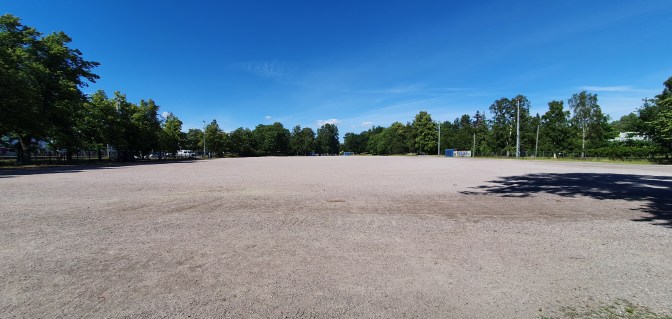Tag: Public Spaces
-

What Is the Future for Helsinki’s ‘Mini Deserts’?
Helsinki has many mostly empty gravel fields. They’re a huge opportunity for placemaking and public space improvement.
-

From Life-Filled Imagery to Dead Plazas – Why Cities Need a Place-Driven Future
Does anyone else pay attention to this: many times the renderings of new urban development projects include a plaza or similar open space, sitting somewhere in front or between the proposed new buildings. Scaling purposes aside, the glitzy visualizations paint pictures of future plazas teeming with life. People are lounging around, meeting each other and…
-

Finland’s Energy Efficiency Boom Good for the Climate, but Trouble for Cities
In recent years, energy efficiency has been probably the most discussed issue within the urban development sphere here in Finland. The topic generally crosses all levels of planning and is present to a greater or lesser extent in all planning initiatives. I’m guessing the situation is similar in most European countries with the 2010 passing…
-

Helsinki’s ‘Daughter of the Baltic Sea’ Brand Needs a Ljubljana-Style Reboot
“No nation can escape its geography” said Percy Spender, the Australian Minister for External Affairs back in 1950. He was talking about the need to reinvent Australia’s relationship towards Asia to make the most out of the nation’s factual geographical position and not see itself only as belonging to the circuits of the old British…
-
Public Art – Through a Windshield
Public art is a wonderful thing and installing more of it is always to root for. The kind you invest in and where you install it will however tell a lot about what the public and public policy makers value. Here, we value enjoying public art from our car. If you would tour through Finland’s…

